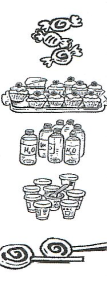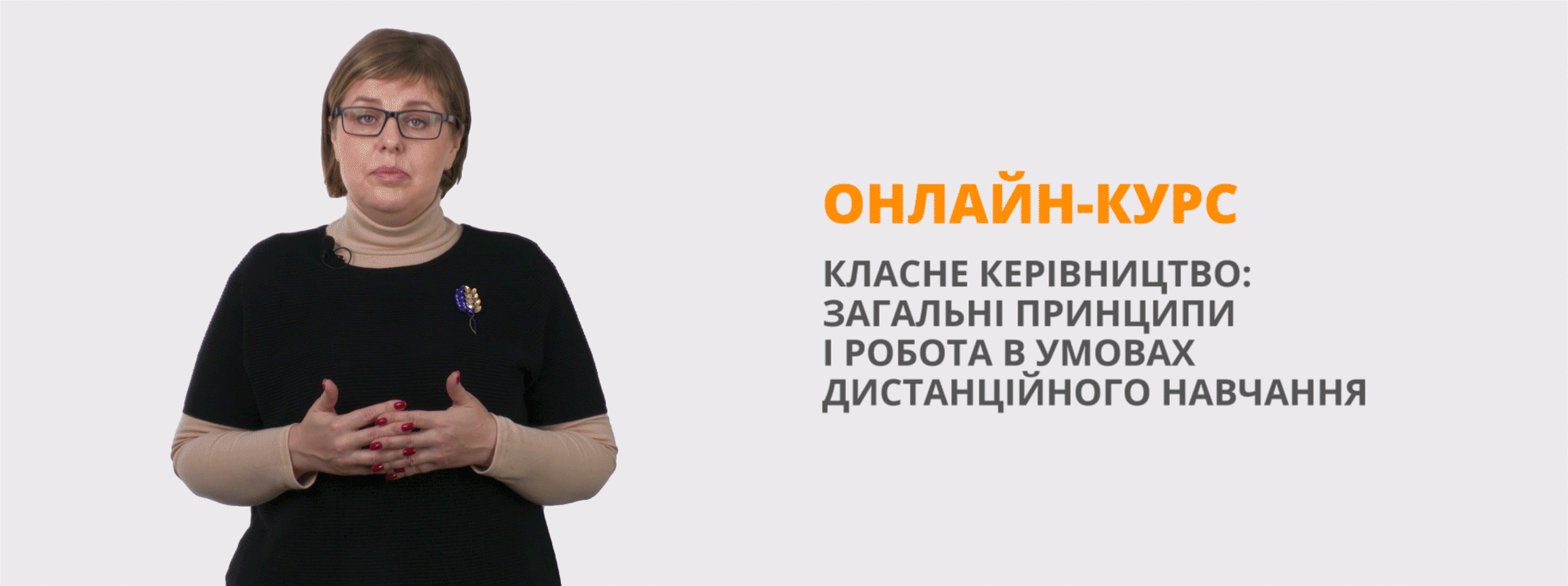Англійська мова (дистанційний курс): Урок 3 з циклу уроків з теми “Food and drinks”
Урок 3
Рекомендації:
Шановний друже!
Ознайомся з темою уроку та словником термінів. Після цього опрацюй теоретичний матеріал та ознайомся з презентацією до уроку. Виконай практичні завдання і перевір засвоєння теми, виконавши контрольний тест.
Тема:
Мета: повторити вивчені лексичні одиниці, познайомитись з новими граматичними структурами (much, many, a lot of), тренувати учнів у вживанні нового граматичного матеріалу, навчитися ставити запитання, практично закріпити вивчені слова, розвивати самостійність, спостережливість, кмітливість, розвивати вміння переносу знань у нову ситуацію, мовну здогадку, пізнавальний інтерес, прищеплювати любов до праці, формувати критичне ставлення, виховувати почуття ввічливості, свідоме ставлення до навчання.
Словник термінів
Злічувальні іменники – це іменники, які можна порахувати.
Незлічувальні іменники – це іменники, які не можна порахувати.
http://www.eflnet.com/vocab/dictionary/foodwordsearch.php
Теоретичний матеріал.
|
MANY |
MUCH |
A LOT OF |
|
much, many, a lot of – перекладається на українську мову як багато
|
||
|
Вживається переважно у заперечних або питальних реченнях зі злічу вальними (countable nouns) іменниками. |
Вживається переважно у заперечних або питальних реченнях з незлічувальними (uncountable nouns) іменниками. |
Вживається у стверджувальних реченнях як зі злічувальними так і незлічувальними іменниками. |
|
Example: We haven’t got many oranges in the fridge. |
Example: They needn’t much flour for the cake.
|
Example: I have got a lot of tomatoes in my basket. I have got a lot of milk in the jug. |
|
How many? How much? – перекладається на українську Скільки? Як багато?
|
||
|
How many – вживається зі злічувальними іменниками (countable nouns). |
How much – вживається з незлічувальними іменниками (uncountable nouns). |
------------------- |
|
Example: How many apples do we need for our apple pie? Not many./ A lot |
Example: How much water do you drink? Not much./ A lot |
----------------- |
Практичні вправи.
Task 1. Put the nouns in the right column.
Coffee, cheese, eggs, bread, milk, sandwiches, strawberries, meat, cherries, biscuits, onions, mushrooms, burgers, cereal, pancakes, porridge, carrots.
|
countable nouns |
uncountable nouns |
|
|
|
|
|
|
|
|
|
|
|
|
|
|
|
Task 2. Put the nouns in the right column.
Lemonade, strawberries, tea, sugar, eggs, water, butter, oranges, biscuits, milk, peaches.
|
many |
much |
|
|
|
|
|
|
|
|
|
|
|
|
|
|
|
Task 3. Write questions to the answers below using how many or how much.
- _______________________________________________________?
I’ve got three packets of crisps.
- _______________________________________________________?
I don’t drink a lot of coffee. Only one cup of coffee a day.
- ________________________________________________________?
There’s only one bottle of milk in the fridge.
- ________________________________________________________?
I don’t want any cheese.
- ________________________________________________________?
I drink a lot of water. About eight glasses a day.
- ________________________________________________________?
I eat three eggs a week.
Task 4. Write in the correct order.
Isn’t juice There much
- ______________________.
Fruit is lot of There
- ______________________.
Much There water isn’t
- _____________________.
Lot are grapes a of There
- ______________________.
Task 5. Complete.

- How 1)________ sweets are there? There are 2) _______ of sweets.
- 3) _______ _______ food is there? There is 4) _______ of food.
- Is there 5) ______ bread? No, there isn’t.
- How 6) ______ apples are there? Not 7) _________.
Task 6. Complete the questions and answers.

- 1. ______ __________ sweets are there?
2.There are _____ _____ of cakes.
3. How _______ bottles of water?
4. ______ there ______ ice-cream?
5. Are there ______ lollipops?
Task 7. Correct the mistakes.
- Much potatoes __________________
- Much peaches ___________________
- Much salads ____________________
- Much drinks ____________________
- Many coffee ____________________
- Much biscuits ___________________
- Much sandwiches ________________
- Many chocolate _________________
- Many jam ______________________
- Much oranges _________________
Task 8 . Match the questions and the answers.
1) How much water do you drink ? a) Five cans a week
2) How much spaghetti does she eat ? b) Chocolate
3) How much cola does she drink? c) A lot. Four bottles a day
4) How many eggs do you eat? d) Water
5) What’s your favourite food? e) Two plates a week
6) What do you usually drink ? f) Not many
Test 3 (lesson 3)
- Cross out the odd word
- Milk
- Hot dog
- Burger
- Bacon
- Choose the words which use with many
Eggs, bananas, milk, carrots, coffee, bread, apples, pasta, oranges, salt.
- Choose the words which don’t use with many
- Potatoes
- Milk
- Hot dogs
- Coffee
- Write C for countable or U for uncountable
- Tomato
- Tea
- Cucumber
- Peach
- Bacon
- Find word combination with mistake.
- Many strawberries
- Much milk
- Many bacon
- Put the words in the correct order.
- Many b) apples c) How d) there e) are?
- Fill in much, many or a lot of.
- There are ______ oranges in the fridge.
- There isn’t _______ sugar in my coffee.
- We needn’t ______ apples for the cake.
- I have got _______ cheese in my pizza.
- Choose the correct sentences.
- a) How much cherries do you need?
- How many cherries do you need?
- a) There are much milk in the bottle.
b)There is much milk in the bottle.
- Complete the dialogue with how much or how many
A: 1) ______ milk do you need for the cake.
B: I need four cups.
A: OK. We’ve got a bottle in the fridge. 2) ______ eggs do you want?
B: Three.
A: Oh, no. We’ve only got two.
- Match the questions with answers.
|
|
- Match
|
|
- Read the text.
Lunch is taken in the middle of the day, between breakfast and dinner. The English lunch usually consists of two courses: a meat or fish with vegetables and a dessert. For his lunch an Englishman may have chops, beefsteaks, cutlets, fried fish with vegetables, some salad and so on. A cup of coffee, fruit or fruit puddings are usually taken for the dessert.
Some people call this meal dinner, they don’t have any larger meal after lunch. Thus, the English word “lunch” can hardly be translated or explained as “the second breakfast”. There is a special word in everyday use to denote the second breakfast. This word is “elevenses”.
Everything in London stops at midday for lunch. Most offices, institutions and small shops are closed for lunch for an hour from 1 to 2 p.m. The streets, squares, crossings are full of people who are on their way of cafes. At factories, plants and docks workers get their lunch in canteens.
There are also many flowers in the garden.
1) complete the sentences:
1. For his lunch an … may have chops, beefsteaks, cutlets, fried fish with vegetables, some salad and so on.
2. A cup of coffee, fruit or fruit … are usually taken for the sweet course.
3. Everything in London stops at … for lunch.
4. The English word “lunch” can hardly be translated or explained as “the second …”.
5. The streets, squares, crossings are full of … who are on their way of cafes.

про публікацію авторської розробки
Додати розробку
